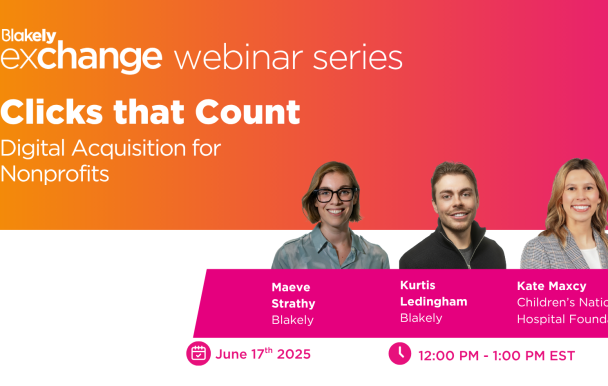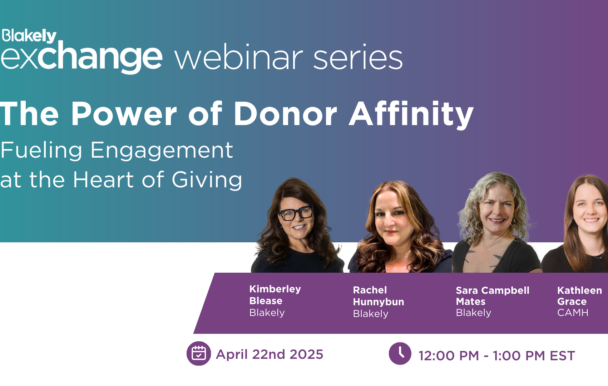3 email misconceptions that are holding you back
One of the key strategic conversations we’ve been having with our clients recently has been focused on optimizing their email outreach.
The efficacy of email as a channel to drive giving behavior is growing — in fact the number of charitable gifts made via email has increased by 334% over the last 5-years, with a 132% increase from 2019-2020 alone. And, when it comes to your owned audiences, (your current donor/supporter/non-donor records) email should lead the charge.
But how you access your owned audiences via email needs to be strategic — and is frequently where many charitable organizations run into challenges, often due to one of a few misconceptions:
1. Your donors are reading all of your emails: One of the hang-ups for many charities is hesitancy around sending your audience too many emails. The fear being that you’ll overwhelm your donors with too many communications and move them to unsubscribe and drop off as a donor. The truth is, the vast majority of your donors won’t read every one of your emails. The average open rate in the non-profit sector is 25.2% — and even if you’re hitting 25%+ on every email in a series, it’s unlikely to be the same donor each time. By reducing your frequency of email outreach for fear of overwhelming your donors, you’re reducing your opportunity for engagement. More outreach means more opportunities to connect with more of your donors — which is good, as long as the content of your outreach is contextually relevant to the donor.
2. Every email needs an ask: While increasing email frequency can improve your ability to access and engage your audience via email, there is such a thing as asking too often. The challenge with having revenue targets (and costs) up against channel performance is that it moves many to ask too often. When it comes to building connections between your organization and your donors, your email outreach has the potential to do much more than ask — email is an opportunity to engage, create conversations, gain donor feedback, cross-sell other types of giving, connect with your donors’ community, and upgrade current donors. What every email needs is a call-to-action (CTA); but that CTA doesn’t always need to be an ask.
3. Your email outreach needs to be part of a “campaign”: Dedicated campaigning is the right place to start when you’re beginning to build out your email marketing strategy — but periodic outreach isn’t where strong email strategy ends. Email is your opportunity to facilitate a continuous (and sometimes 2-way) conversation between yourself and your donors. Periodic outreach over dedicated campaigns should be leveraged to take advantage of key giving periods and gain valuable learnings during more responsive times of year. Eventually, as your email marketing strategy evolves, this periodic outreach should become “high-points” in the continuing conversation between you and your donors via email.
Optimizing your email outreach is critical, not just because of how valuable a connection point it can be for your donors, but because it’s a channel that will only grow more competitive — and if you’re not regularly engaging your donors via email… you’re falling behind the other charities that are.
Many active donors cross-pollinate between different charitable organizations whose outcomes resonate with their own philanthropic values. If those charities are connecting with your donors regularly, with engaging and hyper-relevant content that stimulates a two-way conversation (and you’re not), that can have a real impact on how those donors allocate their charitable dollars.
Email is critical, but it can also be complex. And we are here to help!
P.S. If you’re worried about overwhelming your donors with email, watch your unsubscribe rate. The average unsubscribe rate is 0.2% – 0.5%. If your unsubscribe rate is trending upwards or crosses the 0.5% threshold, that’s the point where you may want to first review the relevance of the content you’re serving, and then the frequency of outreach.









